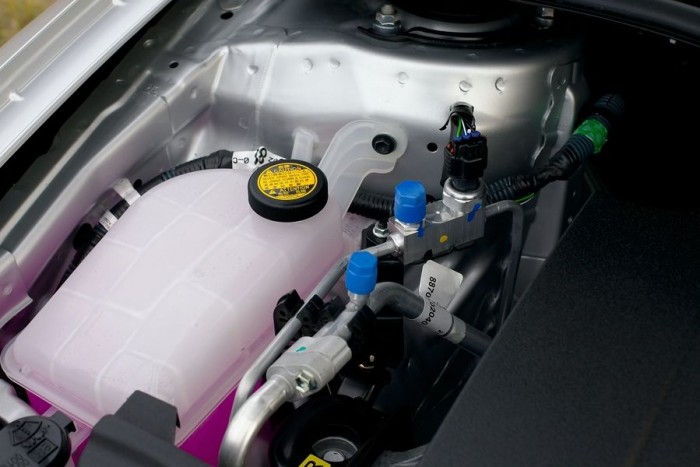No wonder that the GCC area is hot most of the year, it’s dry and desert climate could be adaptable for the nationals who got used to it, but it could bit difficult for vehicles.
The harsh ultraviolet rays and the hot weather due to the dry climate, rising sun, and scorched land could be hard on everything, especially vehicles.
So, for this reason, we thought about combining a number of the most common car damages that could take place due to this climate and demonstrate some easy ways to overcome them or prevent them from happening.
Paint oxidization
The harsh sun rays and ultraviolet rays could harm you car’s exterior body by oxidizing its paint. It’s better to wax your car every now and then to prevent this from happening, moreover, there are some special paints and polishes that could help removing the oxidation.
Scratches
While off-roading your car’s body is prone to be scratched by sand or debris. Also, water mixed with sand can leave some spots on your car’s paint. So, it’s better to fix car covers while driving on rugged train to prevent this from happening.
Battery waste
Hot weather is bit harmful for your car battery as it reduces its lifetime. It’s better to check your car battery every now and then and keep it clean.
Cracks
Hot weather and strong sun rays could crack your car’s interior and hurt your leather seats, if you have them. So, it’s better to cover up your car while parking or leave it in a shady spot.
You can also use a windshield sunshade to keep the sun off your dashboard, steering wheel, and center console.
Crack your windows
Just a tip if you are passing through the hottest days of summer, it’s better to leave your car windows opened an inch or two to keep the inside of your car from turning to an oven.
These cracks will vent the hot air and will help change the air inside your car.
Car coolant
Just another tip that could sound very useful especially if you have an old car. It’s better to open your car coolant for a while, also try to check the water ratio in car’s radiator regularly. Just remember to stop your car’s engine while doing this, and if you were driving your car, just wait at least an hour before opening the car coolant.
Sand storm
If you are experiencing an extreme sand storm, or going for a drive in the desert on rough and rugged terrain, it’s better to adapt the carburetors, fuel inlets, air and oil filters to cope with the sand and dust.
You should cover all the air intakes with dust filters to keep sand from entering in them.
Sandstorms could mess up with your headlights as well. This could be very dangerous as dim lights increase the probability of accidents, so whenever you experience such a problem you have to deal with it right away.








